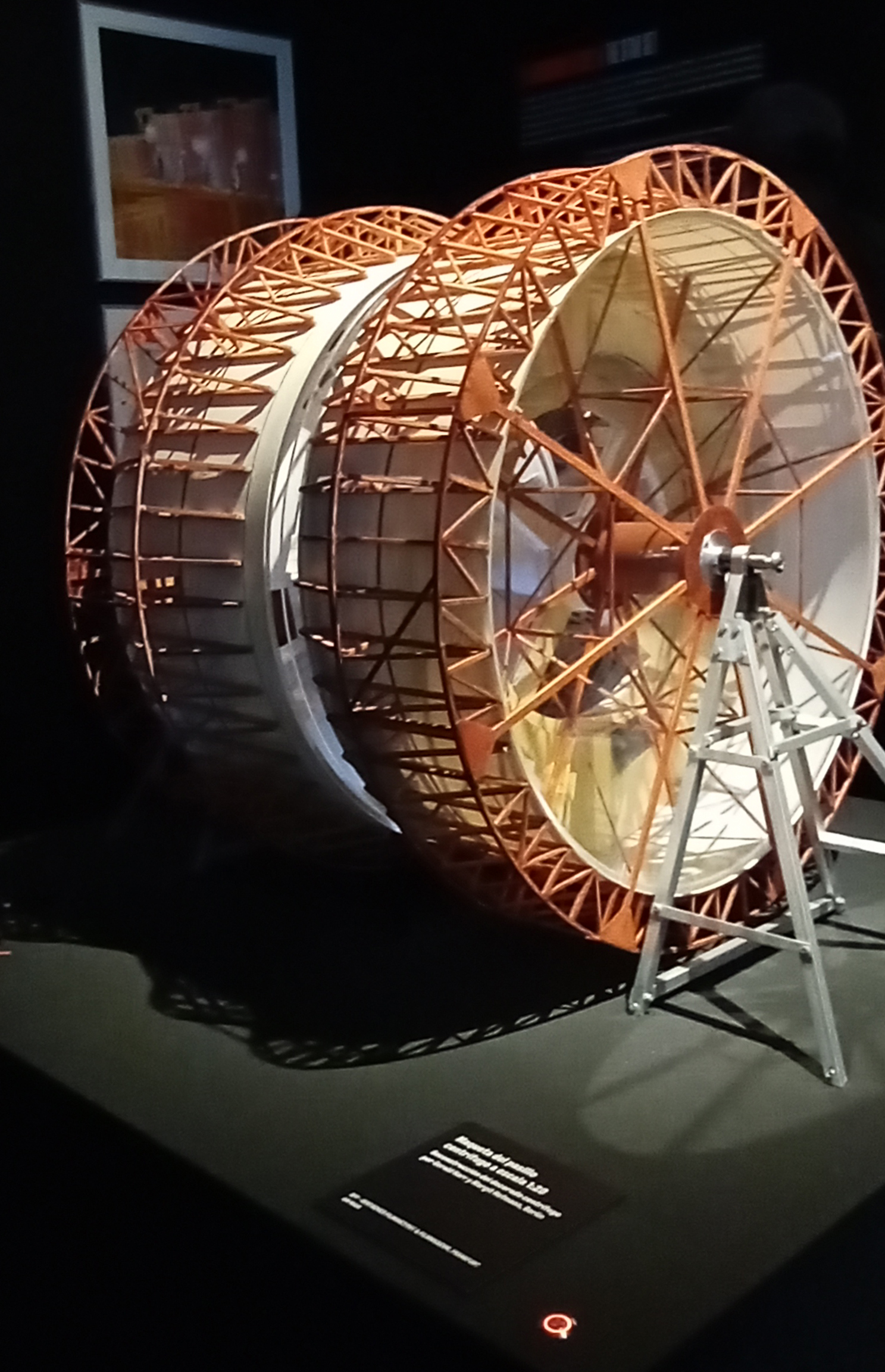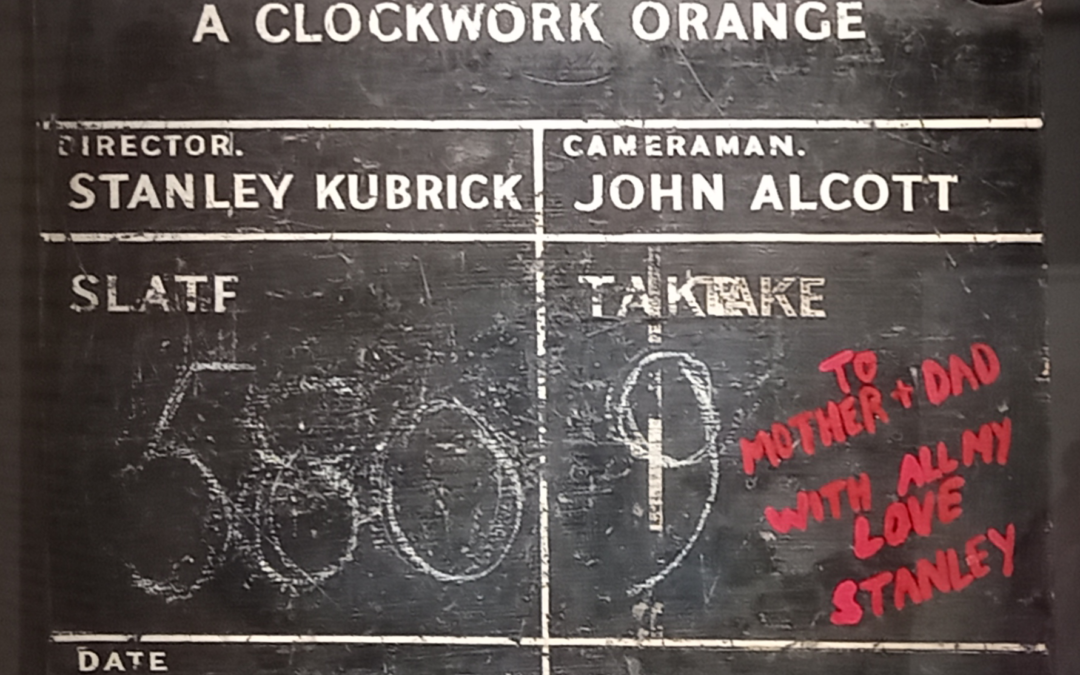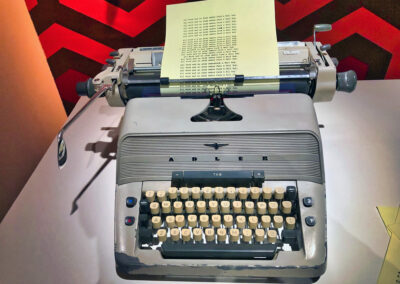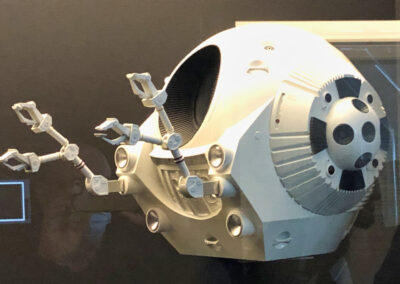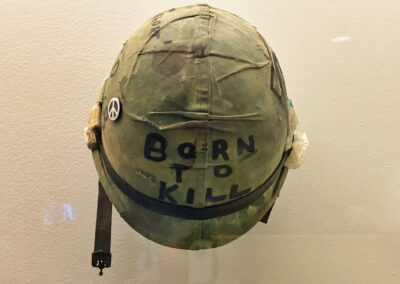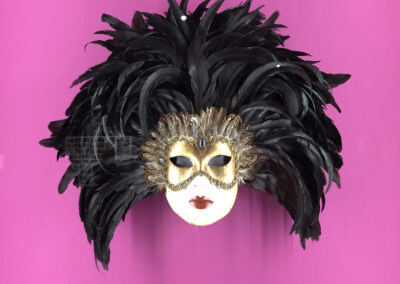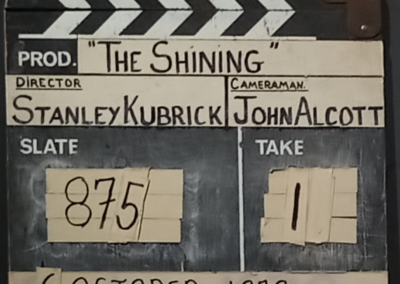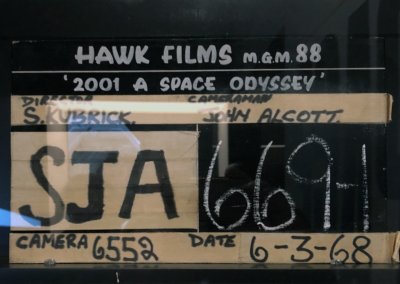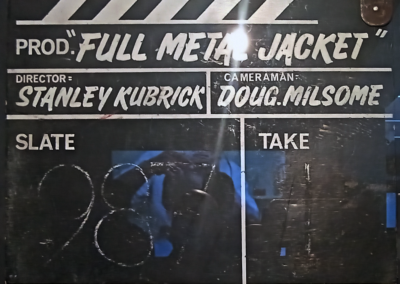One of the benefits of living in Madrid is the access to a wide range of concerts, shows and exhibitions. We’ve been fans of Kubrick’s movies for a long time so when the Stanley Kubrick exhibition came to town it was a no-brainer.
The exhibition is huge and spans two floors of the vast El Círculo de Bellas Artes building in central Madrid. The exhibits are laid out in a thematic order making it more interesting to look at Kubrick’s work “through the lens” (couldn’t resist it) of subjects such as violence (A Clockwork Orange), warfare (Full Metal Jacket), Sex (Lolita), Infidelity (Eyes Wide Shut), etc.
The exhibit starts with a huge glass case containing the lenses that Kubrick used. The one that stands out is the Zeiss Planar f 0.7, 50 mm. This historically important lens was made specially for NASA’s Apollo missions to capture the dark side of the Moon. Kubrick managed to get hold of a few end of batch exemplars
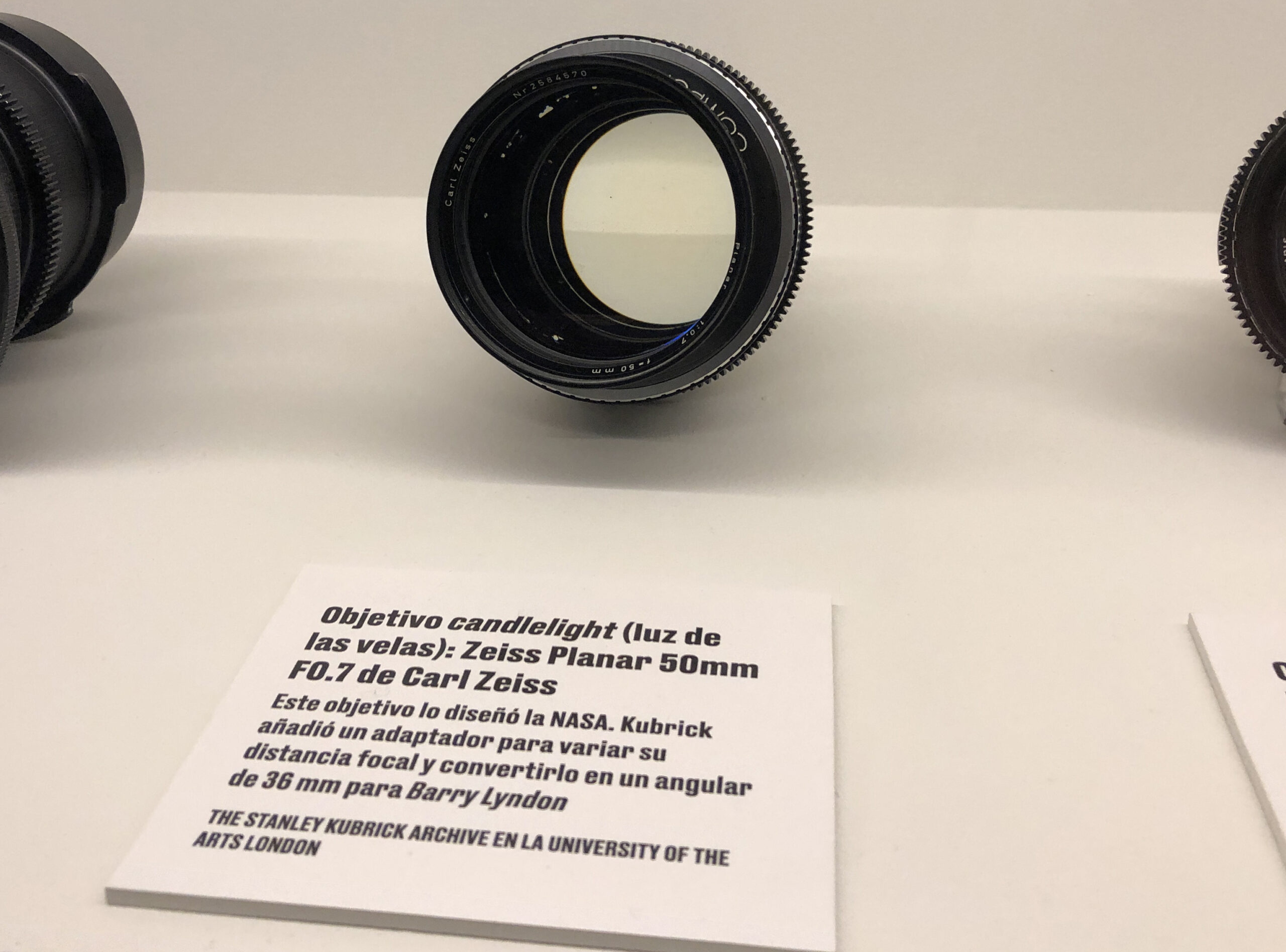
Only ten of these lenses were manufactured. The Planar f 0.7 has the distinction of being one of the largest relative aperture (fastest) lens in the history of photography. NASA bought six, Carl Zeiss kept one and Kubrick bought the remaining three. Kubrick’s Mitchell BNC movie camera had to be specially modified to accomodate this unique lens. He used the lenses to film the candlelight scenes in Barry Lyndon where the only light comes from the candles in the rooms, a truly remarkable cinematic achievement. Note Barry Lyndon’s famous Redcoat uniform on display at the exhibition.

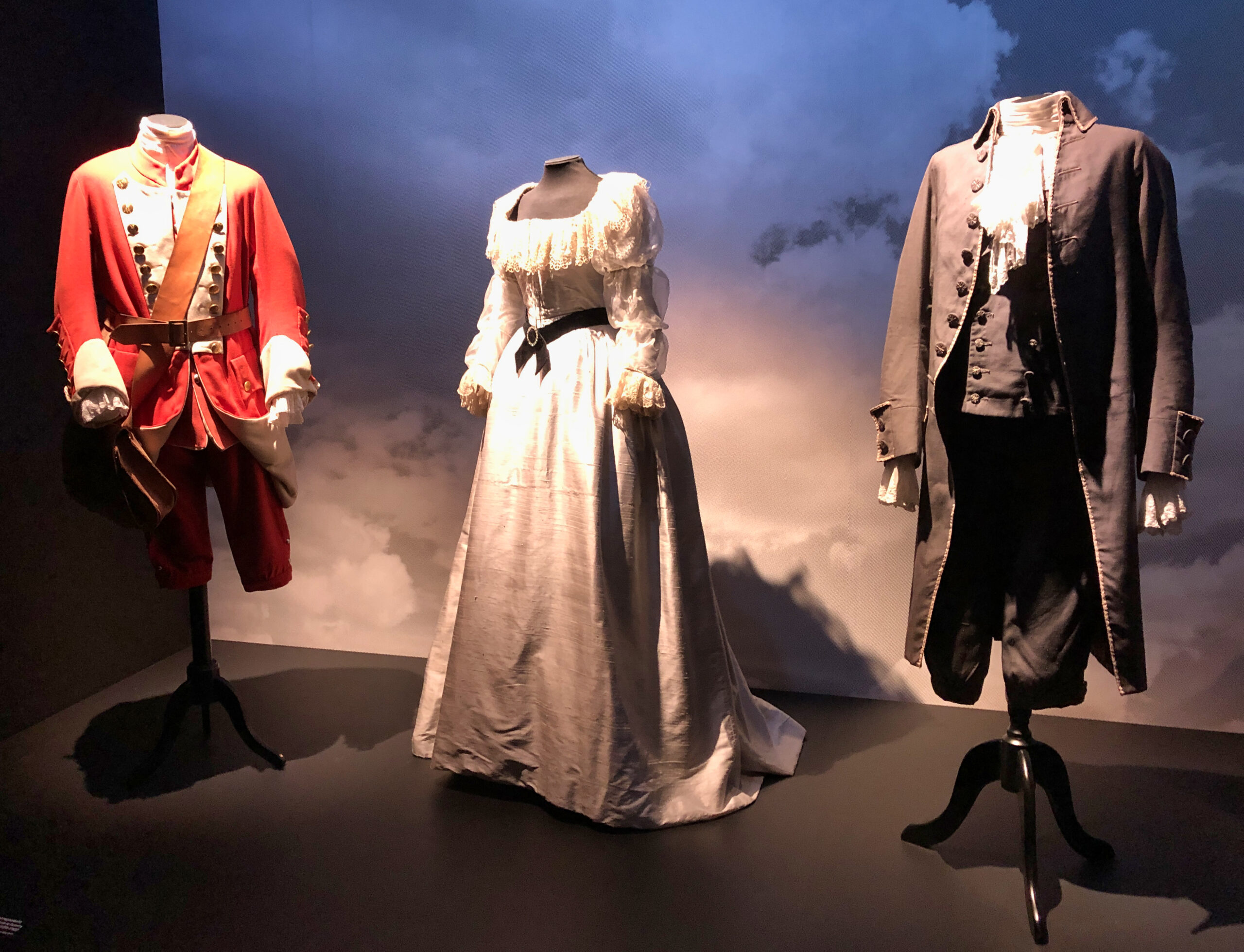
The story of the filming of the 1968 movie A Space Odyssey 2001 is an odyssey in and of itself. More a labour of love than a finely choreographed production, this masterpiece “lurched” into existence. The interior of the spacecraft Discovery was intricately engineered over a period of many months. The crowning achievement is undoubtedly the spaceship’s giant centrifuge that creates artificial gravity of which a model can be seen here. Vickers-Armstrong Engineering Group built this 27 ton rotating “ferris wheel” for $750,000 or more than $ 6 million in today’s money. 12 metres in diameter and 3 metres wide it was used to shoot various scenes by attaching pieces of the set to the inside of the wheel and then rotating it while the actors walked at the bottom as it turned. Cameras were fixed to the inside of the wheel to show the actor walking completely “around” the set.
The exhibition is packed with props, set models, original scripts, correspondence, posters, movie clips, interactive exhibits and lot’s more. Below are some of the items that you can see at the exhibition. It’s all great fun. The Zeiss lenses were definitely a highlight but one of my personal favourites was Jack Torrance’s typewriter from the Shining. Don’t forget: “All work and no play, makes Jack a dull boy”.
